Energy 884 kcal (3,700 kJ) Saturated 6-10 g Polyunsaturatedomega‑3omega‑6 65-86 g52-64 g14 g | Fat 100 g Monounsaturated 12-22 g | |
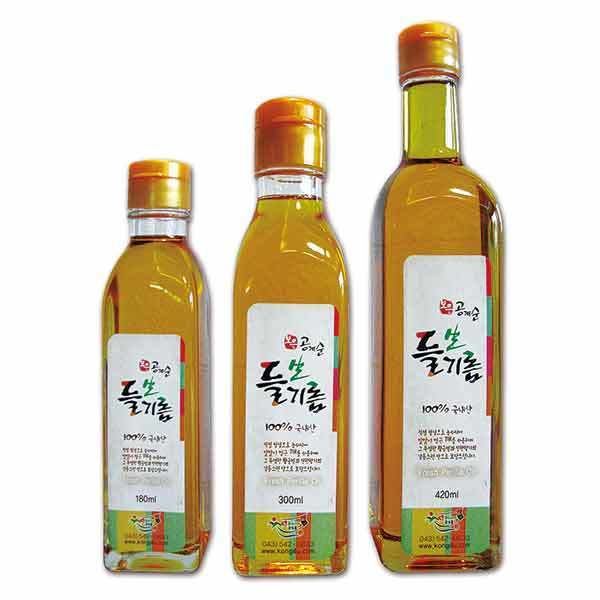 | ||
Similar Perilla, Gim, Bokkeum, Gochu‑jang, Doenjang | ||
Perilla oil, also called deulgireum (들기름, [tɯl.gi.ɾɯm]), is an edible vegetable oil derived from the seeds of deulkkae (Perilla frutescens var. frutescens). Having a distinctive delicate fragrance, perilla oil is used as a flavour enhancer as well as a cooking oil in Korean cuisine.
Contents

perilla oil
Nutrition
Deulkkae seeds are a rich source of oil, with about 38-45% lipid.
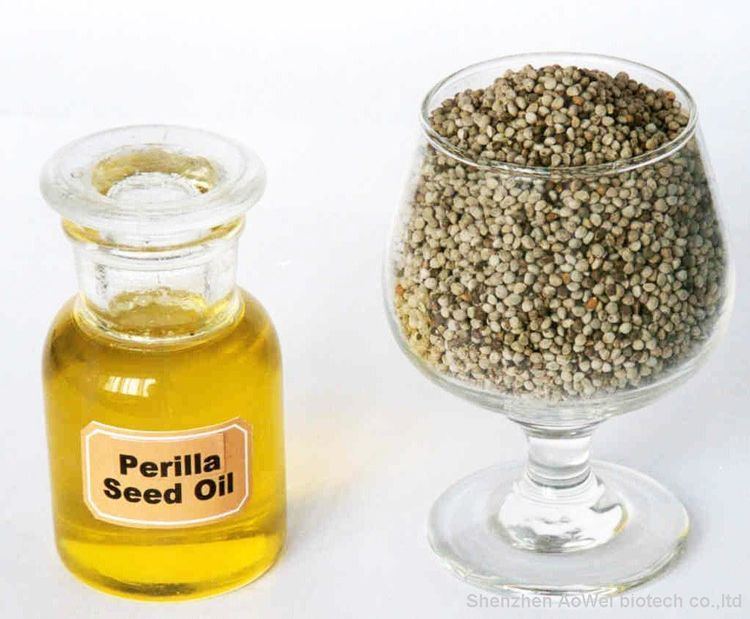
Saturated fatty acids in perilla oil are mainly palmitic (5-7%) and stearic (1-3%). Monounsaturated fatty acids in perilla oil are oleic (12-22%), while polyunsaturated fatty acids in perilla oil are linoleic (13-20%), gamma-linolenic (0-1%), alpha-linolenic(54-64%), and arachidic (0-1%). Perilla oil is considered an alternative source of fatty acids that contains both saturated and unsaturated fatty acids.

In comparison to other plant oils, perilla oil exhibits one of the highest proportion of omega-3 fatty acids, which is at 54-64%. The omega-6 fatty acid component is usually around 14%. This unusual omega-6:omega-3 ratio (in favour of omega-3), beneficial to human health and in prevention of various diseases like cardiovascular disorders, cancer, inflammatory and rheumatoid arthritis, etc., makes perilla oil a healthier alternative to other seed oils.
Culinary use
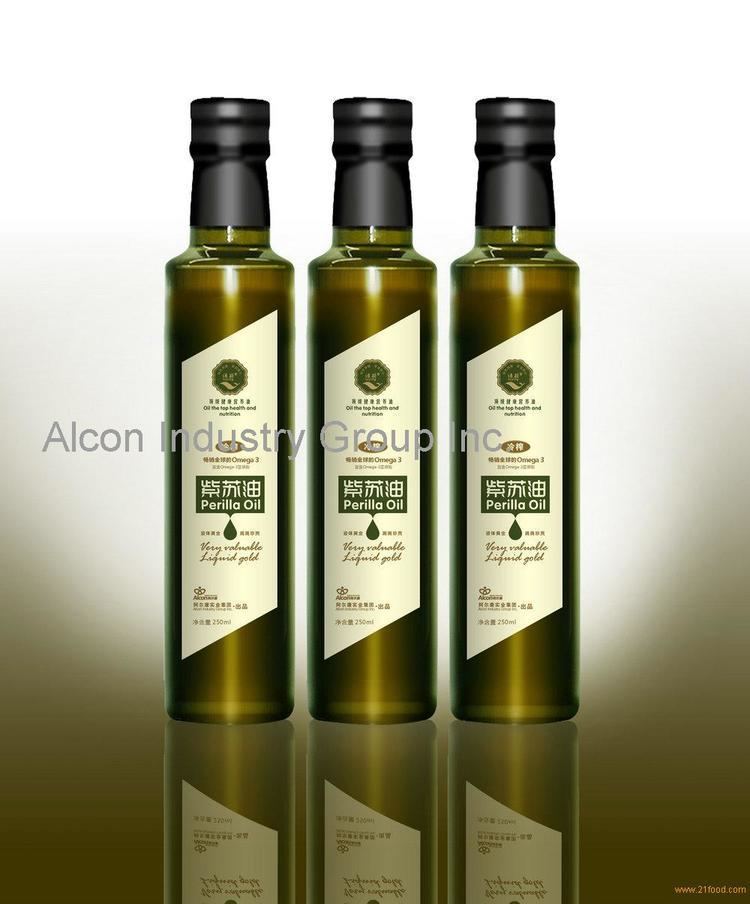
Toasted and untoasted perilla oil is used as cooking oil, mainly in Korean cuisine. Toasted perilla oil is also used as a condiment.
Korea

Deulgireum (들기름, "perilla oil") along with chamgireum (참기름, "sesame oil") are the two chief oils used in preparing foods, sauces and dipping sauces in Korean cuisine. Perilla oil is commonly used to prepare namul (vegetable side dishes), to pan-fry jeon (fried pancake), and to coat gim (laver) before roasting it. It is also used in dipping sauce for meats.
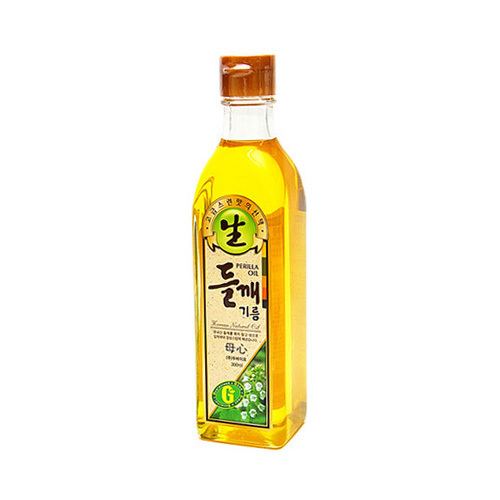
Culinary use of perilla oil has been more common in the southern part of Korea as perilla is not cultivated in the colder northern areas. Nowadays, perilla oil is used in Korean-style western food as well. A Michelin-starred restaurant in Seoul serves nutty vanilla ice cream whose secret ingredient is perilla oil.
Medical
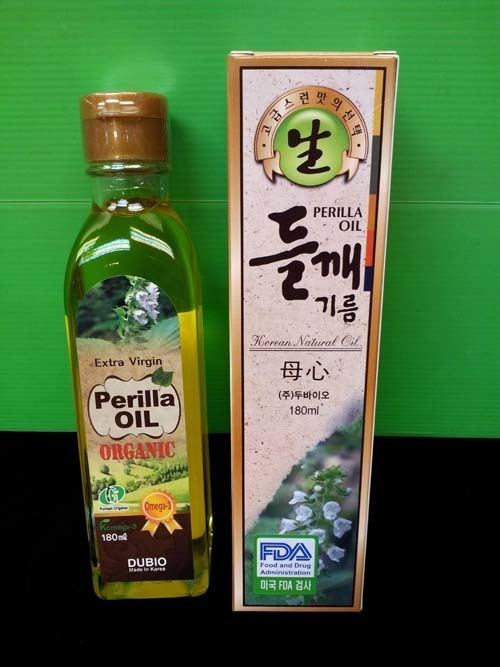
In parts of Asia, perilla oil is used as an edible oil that is valued more for its medicinal benefit than its flavour.
Industrial
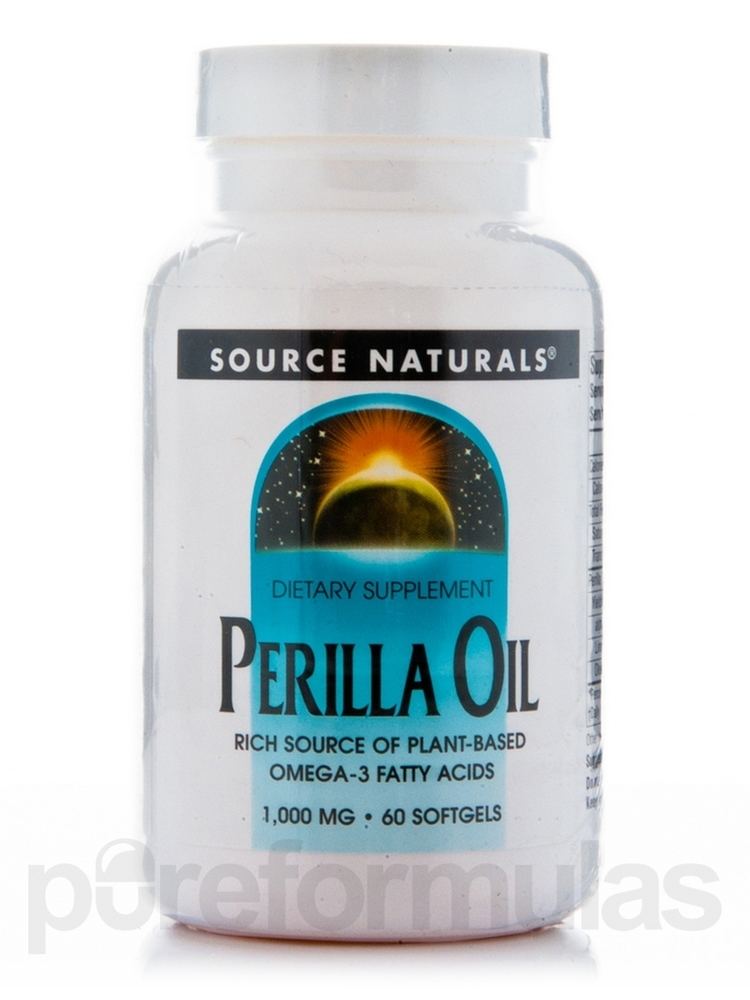
Perilla oil is used along with synthetic resins in the production of varnishes. Perilla oil dries faster than linseed oil and on drying forms a film that is harder and yellows more than that formed by linseed oil. The paint and varnish industry accounts for the largest usage. Perilla oil also is important in the manufacture of printing inks and linoleum, and in more ancient times was a critical component in creating durable earthen floors.

In Japan, perilla oil was important for fueling oil lamps until around the Sengoku period (early 16th century), before it was overtaken by rapeseed oil. The oilseed contains drying oil elements and imported in bulk as a substitute for linseed oil into the United States from Japan, until the supply was interrupted by war.
Use of press cake
The press cake remaining after pressing perilla oil is used as fertiliser or animal feed.
